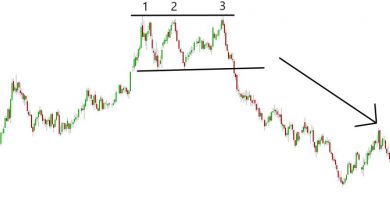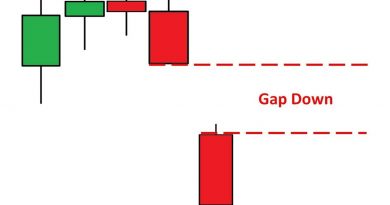Long Jelly Roll

Contents
Long Jelly Roll
What Is a Long Jelly Roll?
A long jelly roll is an option strategy that aims to profit from arbitrage based on option pricing. It looks for a difference in pricing between a horizontal spread (also called a calendar spread) composed of call options at a given strike price and the same horizontal spread composed of put options.
Key Takeaways
- A long jelly roll is an option spread-trading strategy that exploits price differences in horizontal spreads.
- Long jelly rolls include buying a long calendar call spread and selling a short calendar put spread.
- The two spreads in a long jelly roll are usually priced so close together that there is not enough profit to justify implementing it.
Understanding Long Jelly Rolls
A long jelly roll is a complex spread strategy that positions the spread as neutral and fully hedged in relation to the directional movement of the share price. The trade aims to profit from the difference in the purchase price of these spreads.
Horizontal spreads made up of call options should be priced the same as horizontal spreads made up of put options, except for the dividend payout and interest cost subtracted from the put option price. The price of the call spread should typically be slightly higher than the put spread price, depending on whether a dividend payout will occur before expiration.
A jelly roll is created from the combination of two horizontal spreads. The spread can be constructed as a long spread or a short spread. The strategy involves buying the cheaper spread and selling the longer spread, with the profit coming from the difference between the two spreads.
Variations of this strategy can be done by implementing various modifications, including increasing the number of long positions on one or both of the horizontal spreads. Varying the strike prices for each of the two spreads creates additional risks to the trade.
For retail traders, transaction costs would likely make this trade unprofitable, as the price difference is rarely more than a few cents. However, there may be occasional exceptions where an easy profit is possible for astute traders.
Long Jelly Roll Construction
Consider the following example of when a trader would want to construct a long jelly roll spread. On Jan. 8, during normal market hours, Amazon stock shares (AMZN) were trading around $1,700.00 per share. The Jan. 15-Jan. 22 call and put spreads (with weekly expiration dates) available for the $1700 strike price were:
Spread 1: Jan. 15 call (short) / Jan. 22 call (long); price = 9.75
Spread 2: Jan. 15 put (short) / Jan. 22 put (long); price = 10.75
If a trader buys Spread 1 and Spread 2 at these prices, they can lock in a profit by effectively purchasing a long position in the stock at 9.75 and a short position in the stock at 10.75. This is because the long call and short put position create a synthetic stock position that behaves like holding shares. Similarly, the remaining short call position and long put position create a synthetic short stock position.
The net effect becomes clear because the trader initiated a calendar trade with the ability to enter and exit the stock at $1,700. The positions cancel each other out, leaving only the difference between the option spread prices as a concern.
If the call horizontal spread can be acquired for one dollar less than the put option, the trader can lock in $1 per share per contract, resulting in a net profit.
Short Jelly Roll Construction
In the short jelly roll, the trader uses a short call horizontal spread with a long put horizontal spread—the opposite of the long construction. The spreads are constructed using the same horizontal spread methodology, but the trader is looking for a much lower call spread pricing compared to the put spread. If an unexplained price mismatch occurs, the trade becomes desirable.



